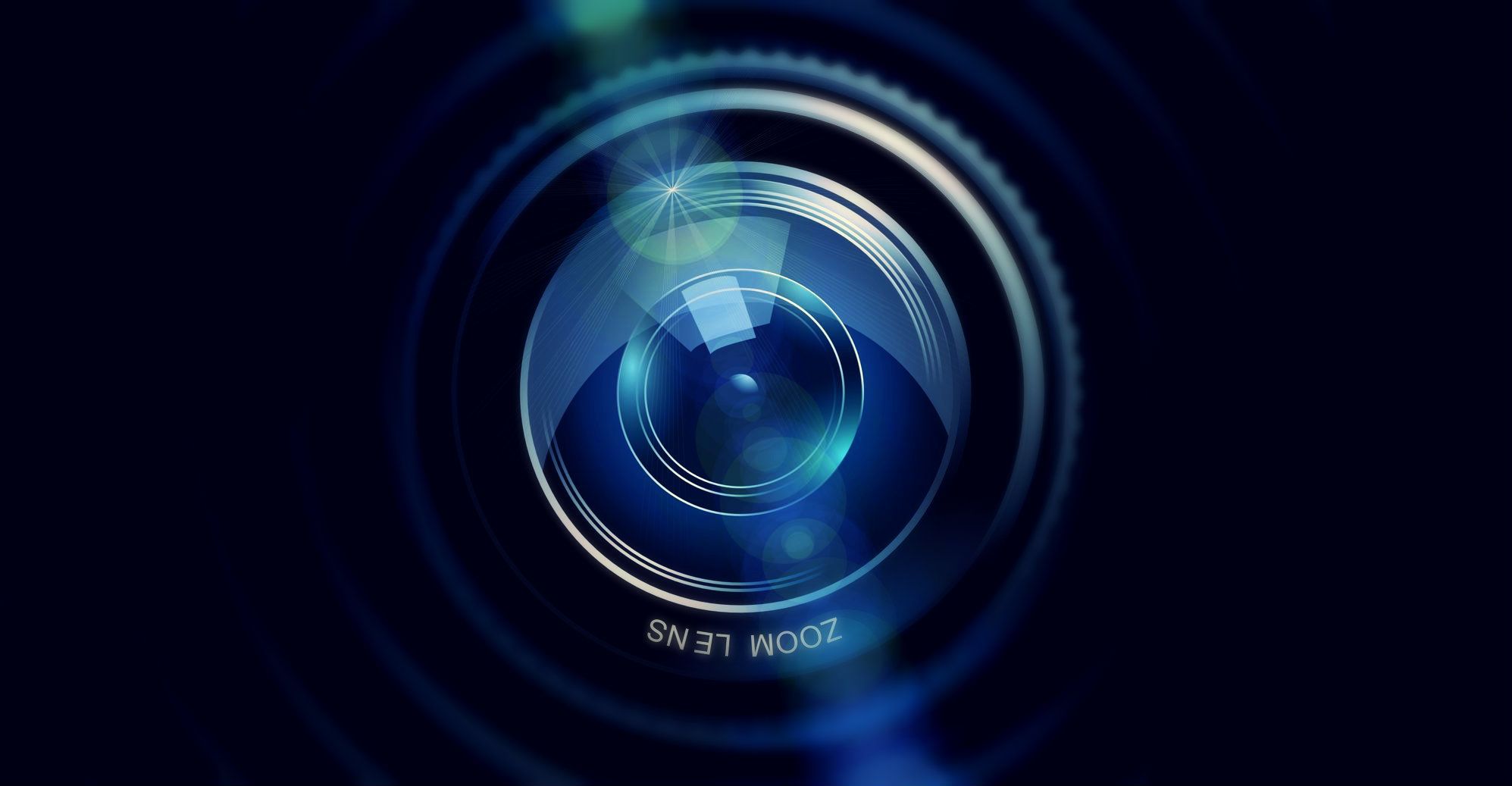In the forefront of recent cool technological advances, 3D printing has to be at the top of the list. The average person now had the ability to print just about anything, providing they have a 3D model. With a 3D scan and a 3D printer, you can literally reproduce anything, from a piece of jewelry to a building. Scanning cameras can also be used as a platform for developing totally new creations. For a frame of reference, think about Photoshop and how using a photo, you could modify an image in a variety of different ways. 3D scanning cameras give you the same capabilities, but with objects.
Shooting for 3D Scans
Making a 3D model involves a camera and software. Many different types of cameras can be used from GoPros to videos and smartphone but DSLR cameras work best. First, the object must be still, not too big, small or shiny. There needs to be lots of surface details and not too many areas that are uniform and have no definable features. Thin, delicate parts might also cause some problems. Place the object on an easy to shoot platform with good lighting, such as a stool. Next, get ready to take about 100 photographs remembering that the better the photos, the better the scan.
The photographs of the object need to be from every angle and every side. It is best to overlap the photos to best capture its 3D shape. The object of each picture should be to overlap from the previous photo. The software does not care about excess photos or overlapping, or even order of photos for that matter. It cannot create from material it does not have so it is better to take too many pictures than too few.
The software you are using to create 3D scans from your camera should instruct you on how to set up the camera for the best shots. Taking better quality photos means better quality scans. Remember that taking photos from different angles will alter the background of the photos. Pick a multitude of angles to be sure to get the best exposure of the object. It is best to monitor the photos as you take them to be aware of how the background changes, and make sure the effect is not too dramatic. Also, keep an eye on the exposure of the shots as overexposure is better than underexposure.
Camera Scanning Software
Once the object is photographed from a variety of angles, it’s time to pick your scanning software. There are many choices available including free software such as Autodesk and Memerito. Both are easy to use. Other options that are higher in quality but take up a lot of RAM and are a bit more difficult to use are Autodesk’s 123D Catch and Agisoft Photoscan. After choosing the software, it is time to process your images. This will include mesh and color mapping. “Shapespeare” offers useful tips on how to process and 3D print just about anything.
